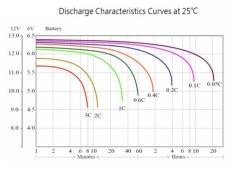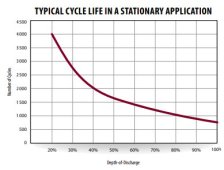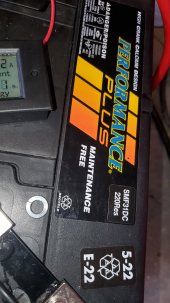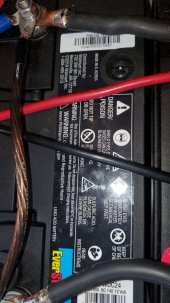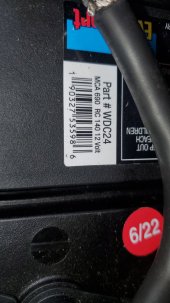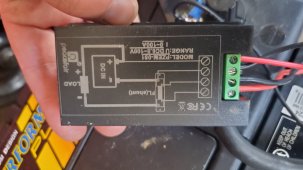73powerstroke
Solar Enthusiast
I hope I'm explaining this correctly. I have 3 deep cycle flooded lead acid batteries I'm pulling 50 amps out of them Under load to run my inverter when it reaches 12.3 V I shut off the inverter, the battery's bounce back to 12.6 V or so.
What is the proper way to determine the state of your battery?? Under load or at rest?
I don't want to damage brand new batteries. I've never really dealt with deep cycle batteries before and was always under the impression that people used them until they were completely dead for things like trolling motors on boats and what not. I've always figured that you could fully discharge them without causing any damage but most people say that 50% discharge is all that you want to do.
When I am shutting my load off at 12.3v am I truly 50% discharged regardless of battery resting voltage?
What is the proper way to determine the state of your battery?? Under load or at rest?
I don't want to damage brand new batteries. I've never really dealt with deep cycle batteries before and was always under the impression that people used them until they were completely dead for things like trolling motors on boats and what not. I've always figured that you could fully discharge them without causing any damage but most people say that 50% discharge is all that you want to do.
When I am shutting my load off at 12.3v am I truly 50% discharged regardless of battery resting voltage?




